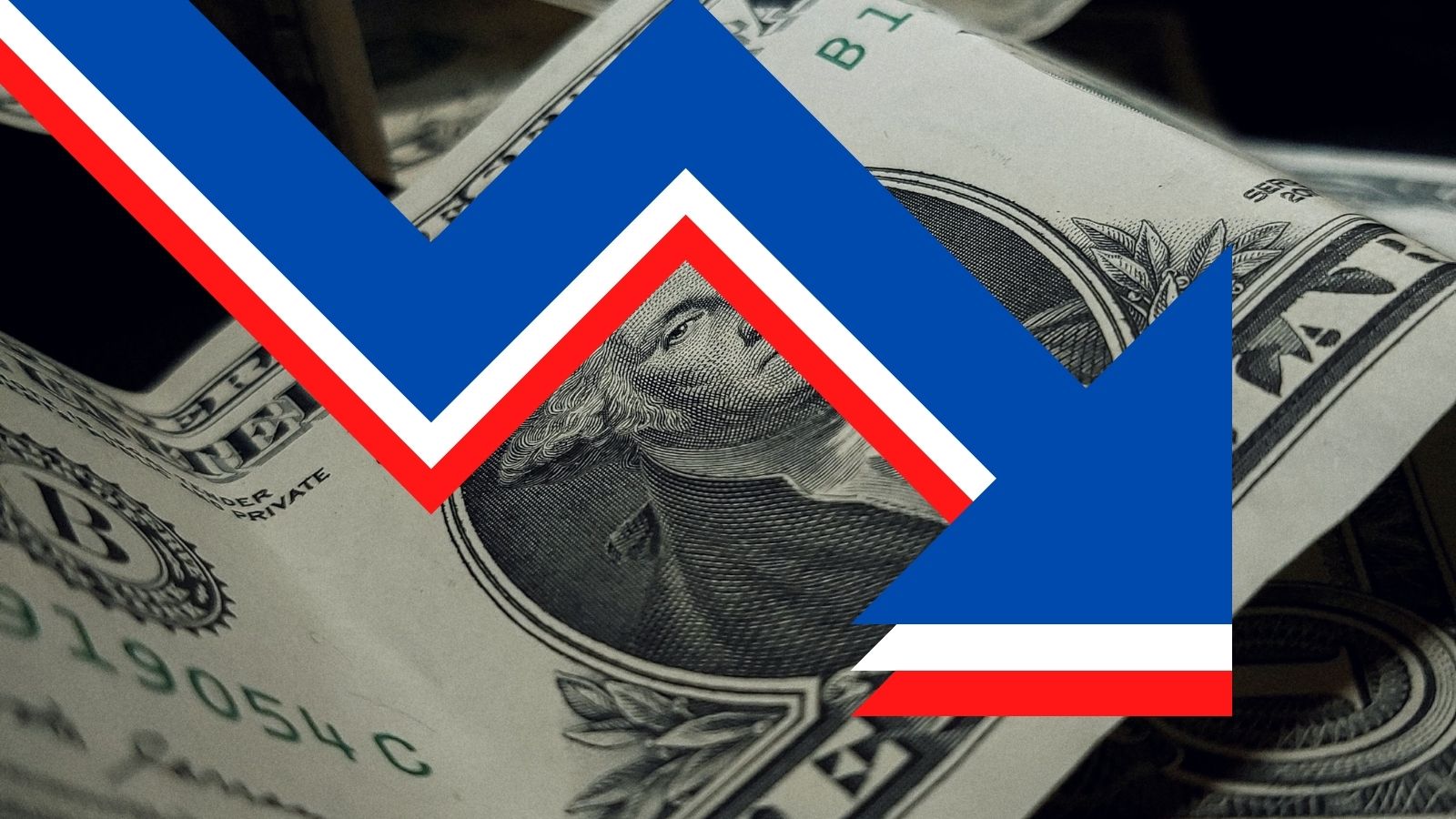
Economics & Growth | Monetary Policy & Inflation | US

Economics & Growth | Monetary Policy & Inflation | US
This article is only available to Macro Hive subscribers. Sign-up to receive world-class macro analysis with a daily curated newsletter, podcast, original content from award-winning researchers, cross market strategy, equity insights, trade ideas, crypto flow frameworks, academic paper summaries, explanation and analysis of market-moving events, community investor chat room, and more.
US 10y treasury yields are getting closer to 3% – a level not seen since late 2018. But short-term yields are moving up faster with US 2y yields jumping 33bps over the past week compared to the 10y’s 18bps increase. All of this due to the market increasingly pricing 50bps hikes by the Fed at each meeting in 2022. These moves have seen the US 2s10s curve re-flatten, which has led our recession model to once again assign a 50% chance of recession in the next twelve months. Equities appear to have taken note with notable weakness. Meanwhile, the Fed’s recession model, which uses the 3m10y part of the yield curve, continues to give only a 2% probability of recession.
We introduced two models for predicting US recessions using the slope of the yield curve. When long-term yields start to fall towards or below short-term yields, the curve flattens or inverts. This has often predicted a recession in subsequent months. One model from the Fed is based on the 3m10y curve and the second is our modified version based on the 2y10y curve. The two-year would better capture expectations for Fed hikes in coming years. It is therefore more forward-looking. So, our preferred yield curve is the 2y10y curve (10-year yields minus two-year yields).


Spring sale - Prime Membership only £3 for 3 months! Get trade ideas and macro insights now
Your subscription has been successfully canceled.
Discount Applied - Your subscription has now updated with Coupon and from next payment Discount will be applied.